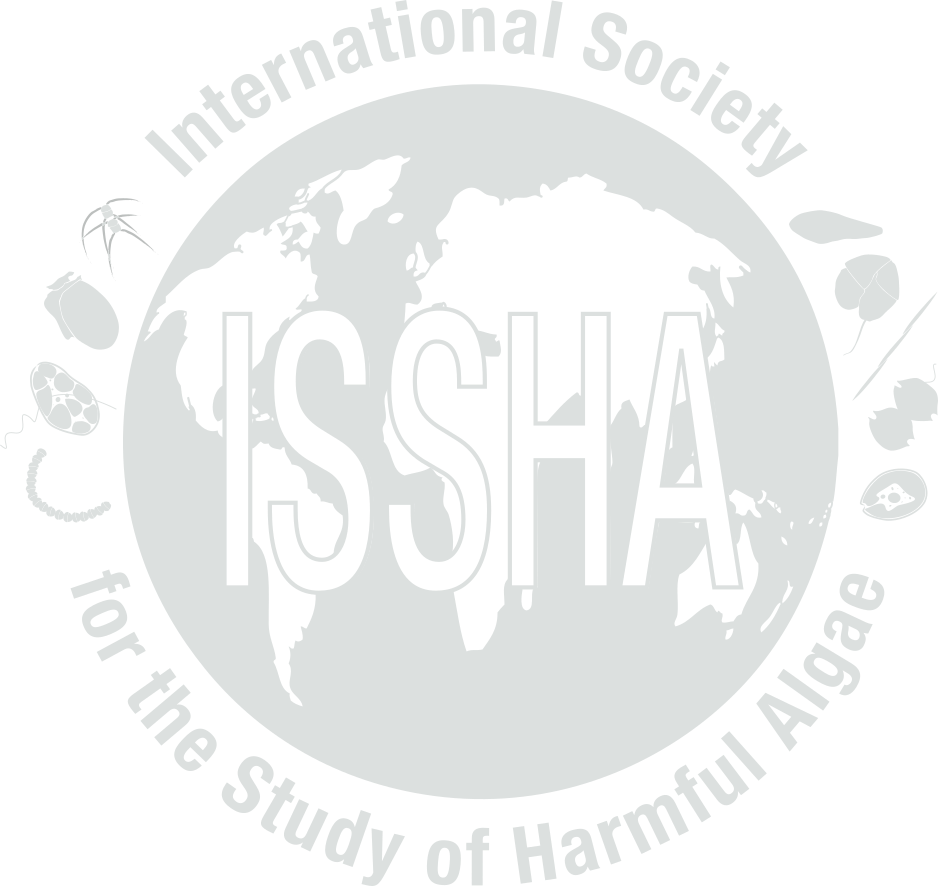


| Event name: | ES-01-010 | |
| Country: | SPAIN | |
|
Nature of the harmful event: |
Seafood toxins | |
|
Event directly affected: |
||
| Toxicity detected: | Yes (Approximate range: 2.25 µg OA/g) | |
| Associated syndrome: | DSP | |
| Unexplained toxicity: | No | |
| Species implicated in toxin transmission (transvector): | ||
| Report the outcome of a monitoring programme: | Yes (Monitoring Programme of the Centro de Control do Medio Mariño.) | |
| Event occurred before in this location: | Yes (The DSP episodes caused by Dinohysis are a recurrent phenomenom in the Galician Rías whith more or less incidence depending on the year.) | |
| Individuals to contact: | MANEIRO, Juan , PAZOS, Yolanda , MOROÑO, Ángeles | |
| Location: | Latitude: 42.181667, Longitude: -8.409167 | |
| General location information: |
Rías Baixas (Vigo, Pontevedra, Arousa and Mur, Galicia, NW Spain. HAB Area code(s): ES-05 ES-07 ES-08 |
|
| Additional location information: | 42º 10.90' - 43º 24. 55' N; 8º 41.11 - 9º 03. 00' W. The affected area is dedicated to intensive mussel cultivation in rafts and to a high production of other molluscs in natural banks: clams, cockles, oyster and scallops are the main species exploited. | |
| Bloom event dates (yyyy/mm/dd): |
Event Date:2001-10-08 Start: 2001-09-04, End: 2001-11-17 |
|
| Quarantine levels dates (yyyy/mm/dd): | ||
| Additional date-related information: | Detection of quarantine levels: from 27/08/01 to 5/11/01 | |
| Causative organism known: | Yes | |
| Causative Species/Genus: |
Dinophysis acuminata
(2,800 cells/L)
Dinophysis acuta (2,960 cells/L) |
|
| Co-Ocurring Species/Genus: | ||
| Chlorophyll concentration, if known: | 16.19 µg/L Chlª. µg/l | |
| Additional bloom information: | ||
| Event-related bibliography: | ||
|
||||||||||||||||||||||||||
| Nutrient information: |
AMONIUM:
1.06 µg/L
NITRATE: 0 µg/L NITRITE: 0.78 µg/L PHOSPHATE: 0.74 µg/L SILICATE: 1.86 µg/L |
|||||||||||||||||||||||||
| Temperature Range During Event: | Max: 22 °C, Min: 12 °C | |||||||||||||||||||||||||
| Salinity Range During Event: | Max: 36, Min: 17 | |||||||||||||||||||||||||
| Bloom location in the water column: |
Subsurface |
|||||||||||||||||||||||||
| Growth: | Advected | |||||||||||||||||||||||||
| Growth Comments | ||||||||||||||||||||||||||
| Additional Environmental information: | Wind direction: 299º. Wind velocity: 29 Km/h. Oceanographic conditions and phytoplankton data presented are those at the maximum Dinophysis cell concentration but as the bloom was temporally and spatial very extensive, the general conditions were very wi | |||||||||||||||||||||||||
|
|||||||||||||||||
| Kit used: No | Type of kit used: | ||||||||||||||||
| Additional information: | The oficial detection method is by mouse bioassay: Yasumoto et al., Seafood toxins, 1984, 207-214.Some samples are analyzed by HPLC: Lee et al., Agric. Biol. Chem., 1987, 51, 877. | ||||||||||||||||
| Economic losses: | Not evaluated | ||||||||||||||||
| Management decision: | Harvesting was closed in culture areas affected. | ||||||||||||||||
| Additional harmful effect information: | Closures due to the presence of toxicity in molluscs is usual in the area and resource exploitation strategies allows to face these closures without great problems. | ||||||||||||||||
